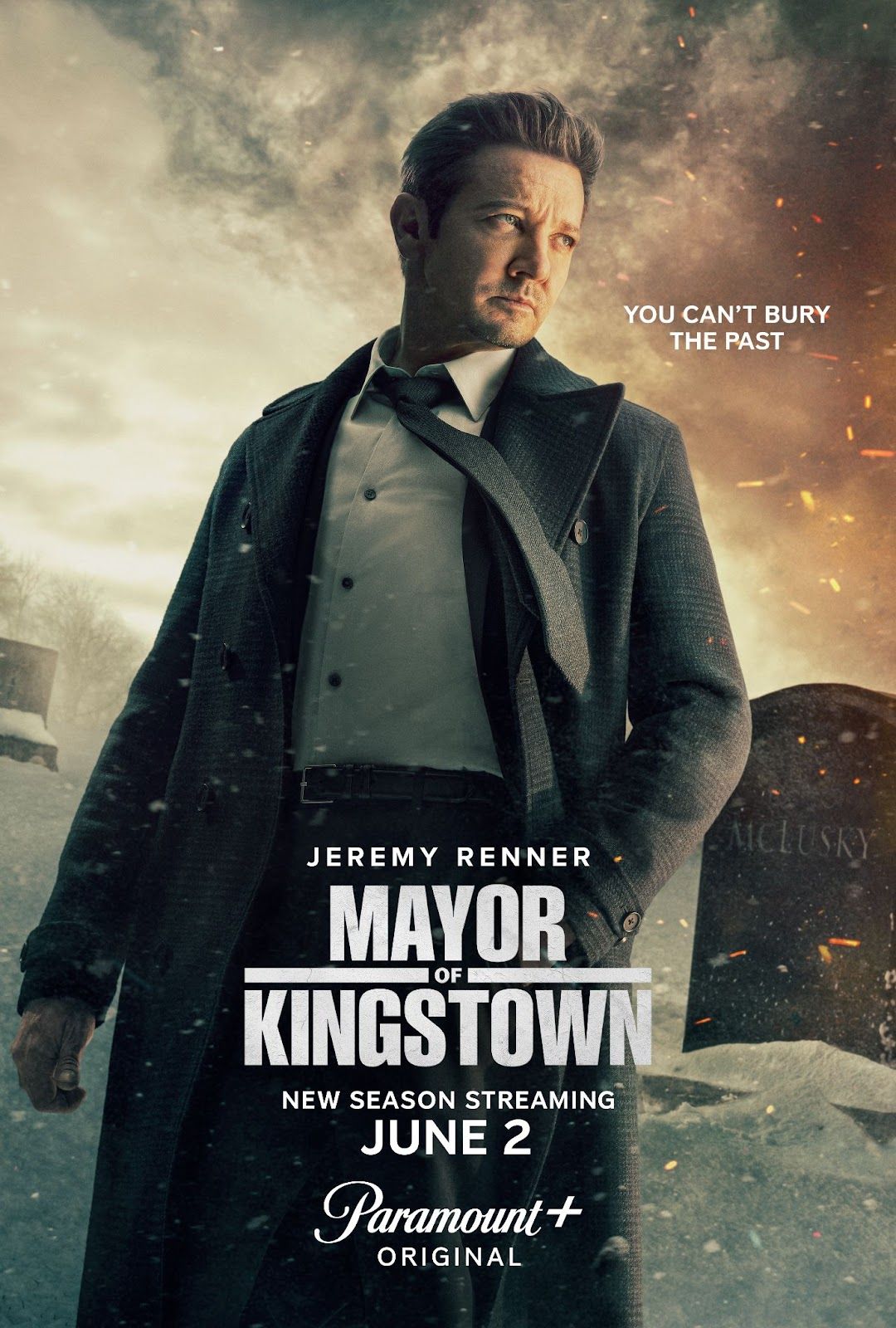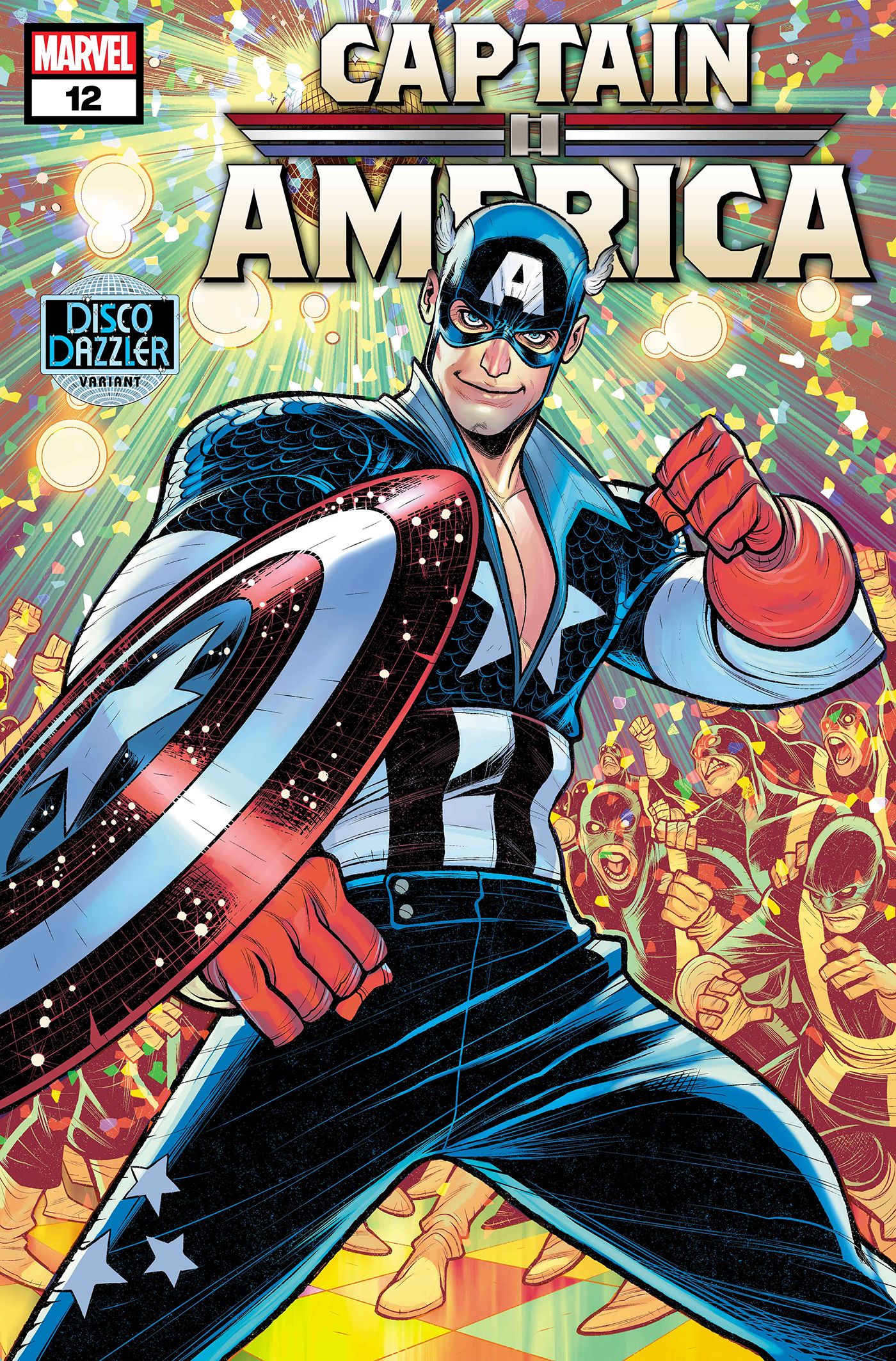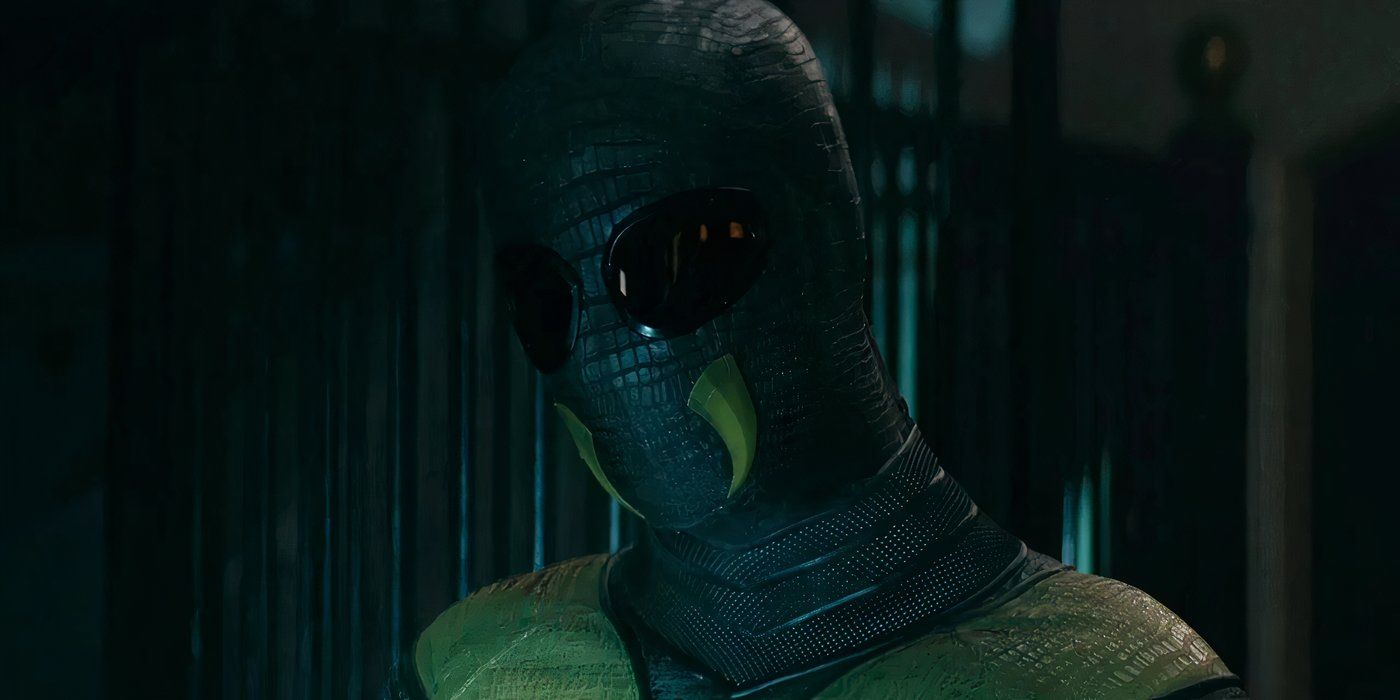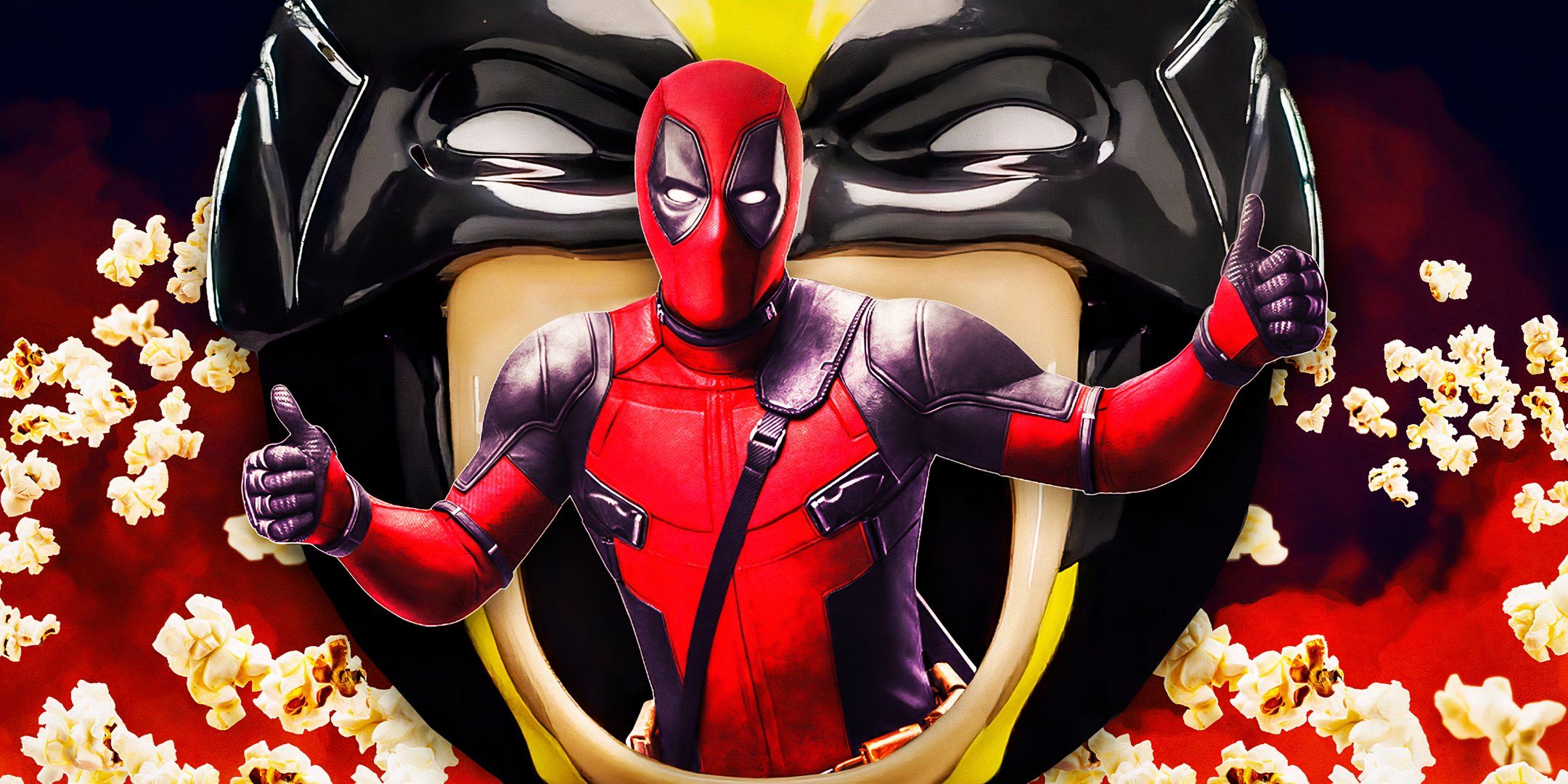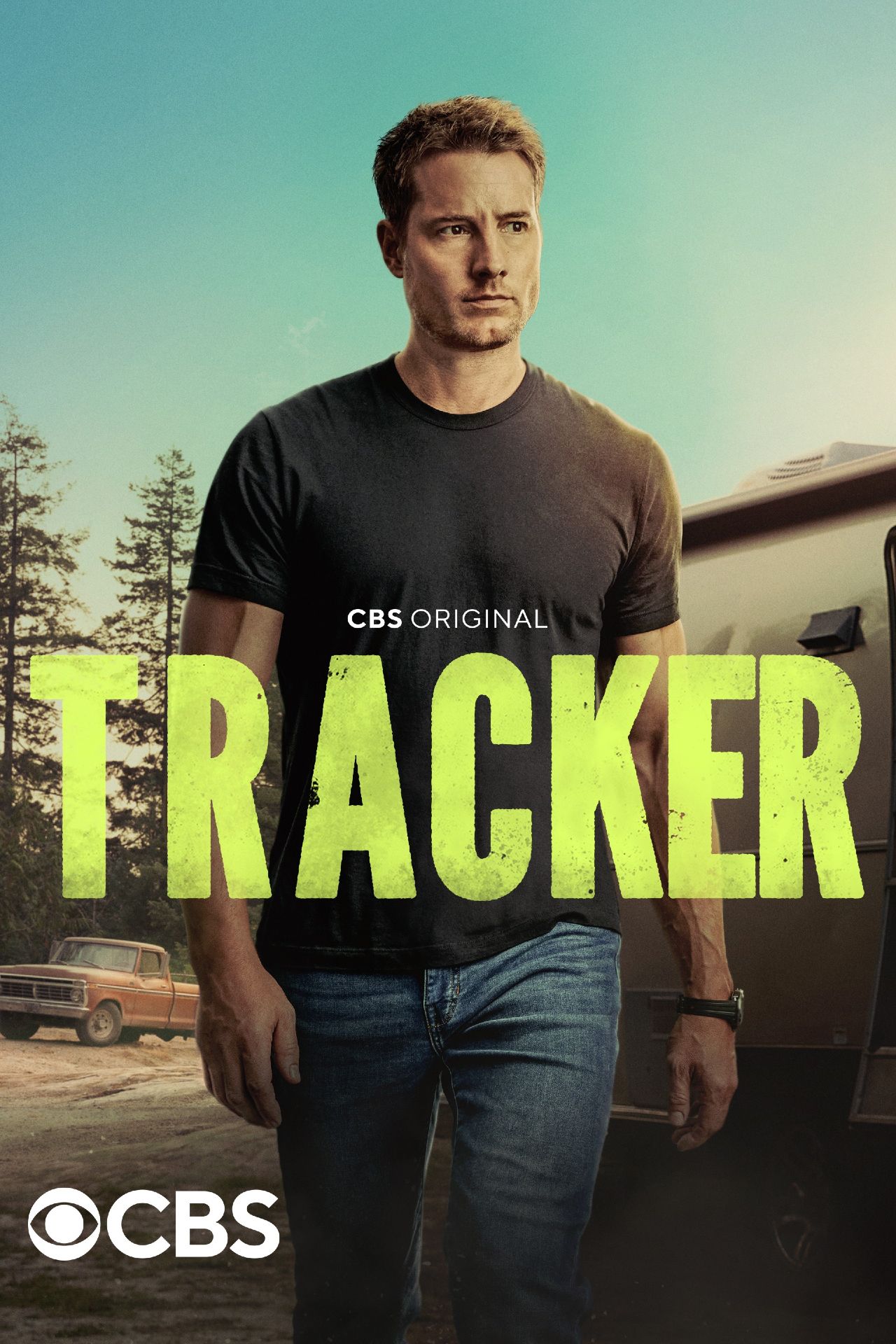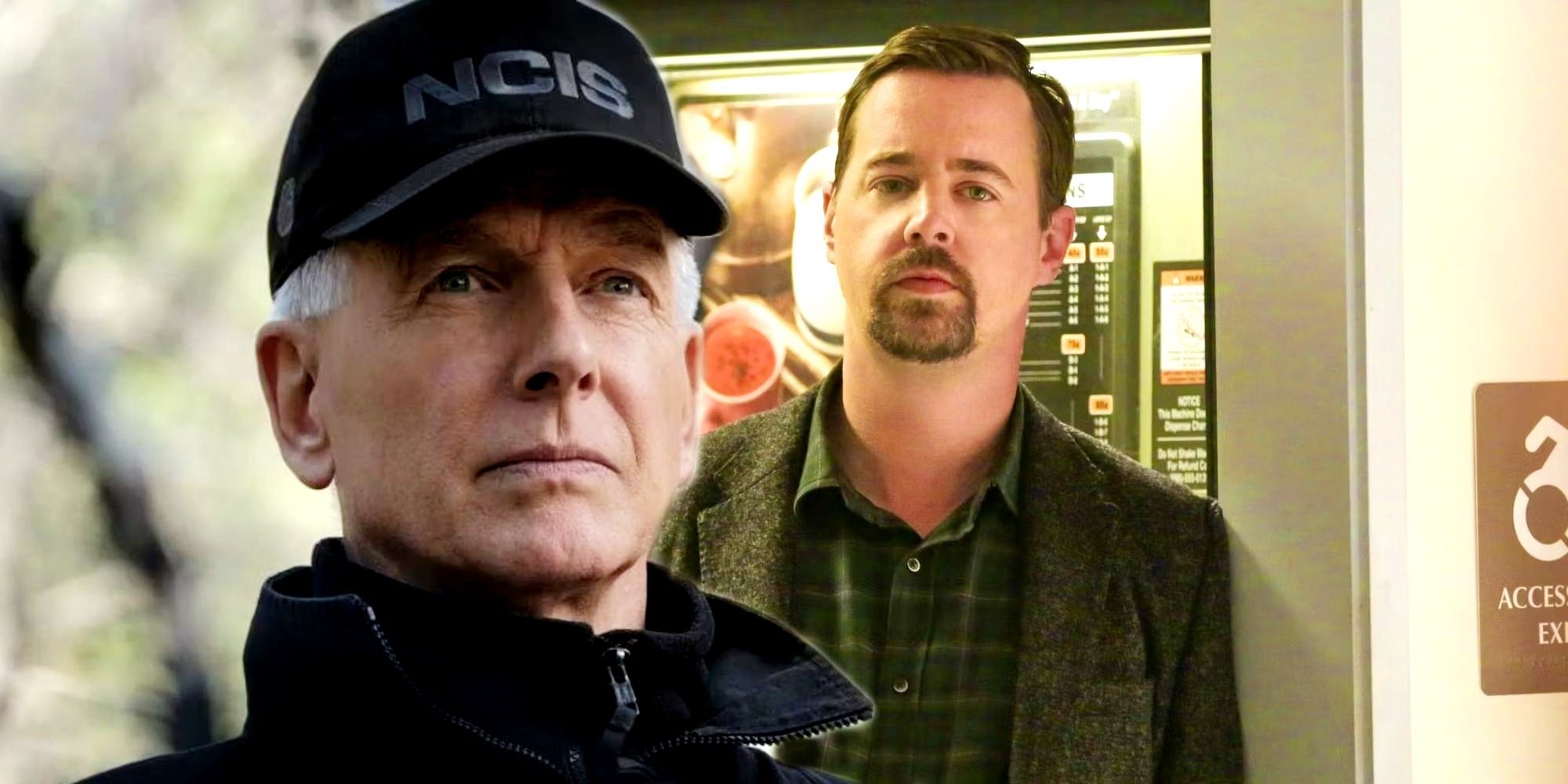DC Comics has long dealt with possible futures. The publisher’s archetypal characters, range of genres, and longtime emphasis on legacy make its concepts well-suited for re-envisioning anywhere from five to a billion years into the future. DC has stories that stand alone as well as science fiction and fantasy tales with time travel where future characters interact with heroes of the present.
The playground of genre ideas within the DCU makes these futures a highly imaginative blend of concepts and characters, where writers can throw out massive ideas, and artists can explore and design new imagery. Many of these stories also feature fresh new spins on classic costumes. The loose and sometimes out-of-continuity nature of these future stories also allows authors to be much more liberal with the characters’ fates, upping the stakes.
10 OMAC
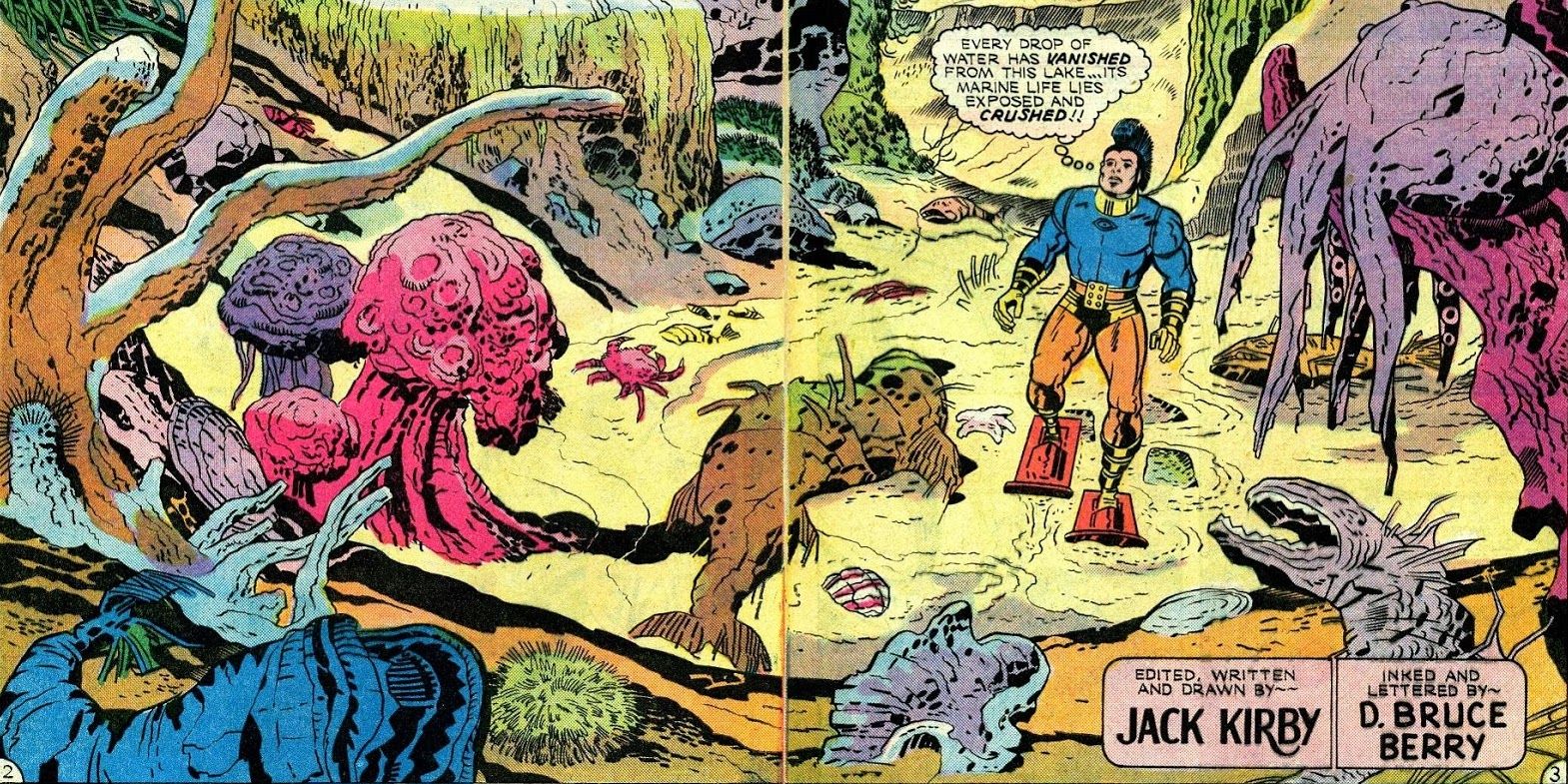
Jack Kirby’s ’70s science fiction classic OMAC follows Buddy Blank, the One-Man Army Corps, as he works for the faceless Global Peace Agency in an endless war. Set in “The World That’s Coming,” Buddy Blank begins as a corporate drone swept up into the GPA’s war by the AI satellite Brother Eye. The conflicts he faces feature some of Kirby’s most abstract and daring imagery. While light on traditional narrative logic, Kirby deals deeply in metaphor, with Buddy keeping Armageddon out of the hands of billionaires, private armies, and corporations who abuse technology without heeding the rule of law.
9 Kamandi: The Last Boy on Earth!
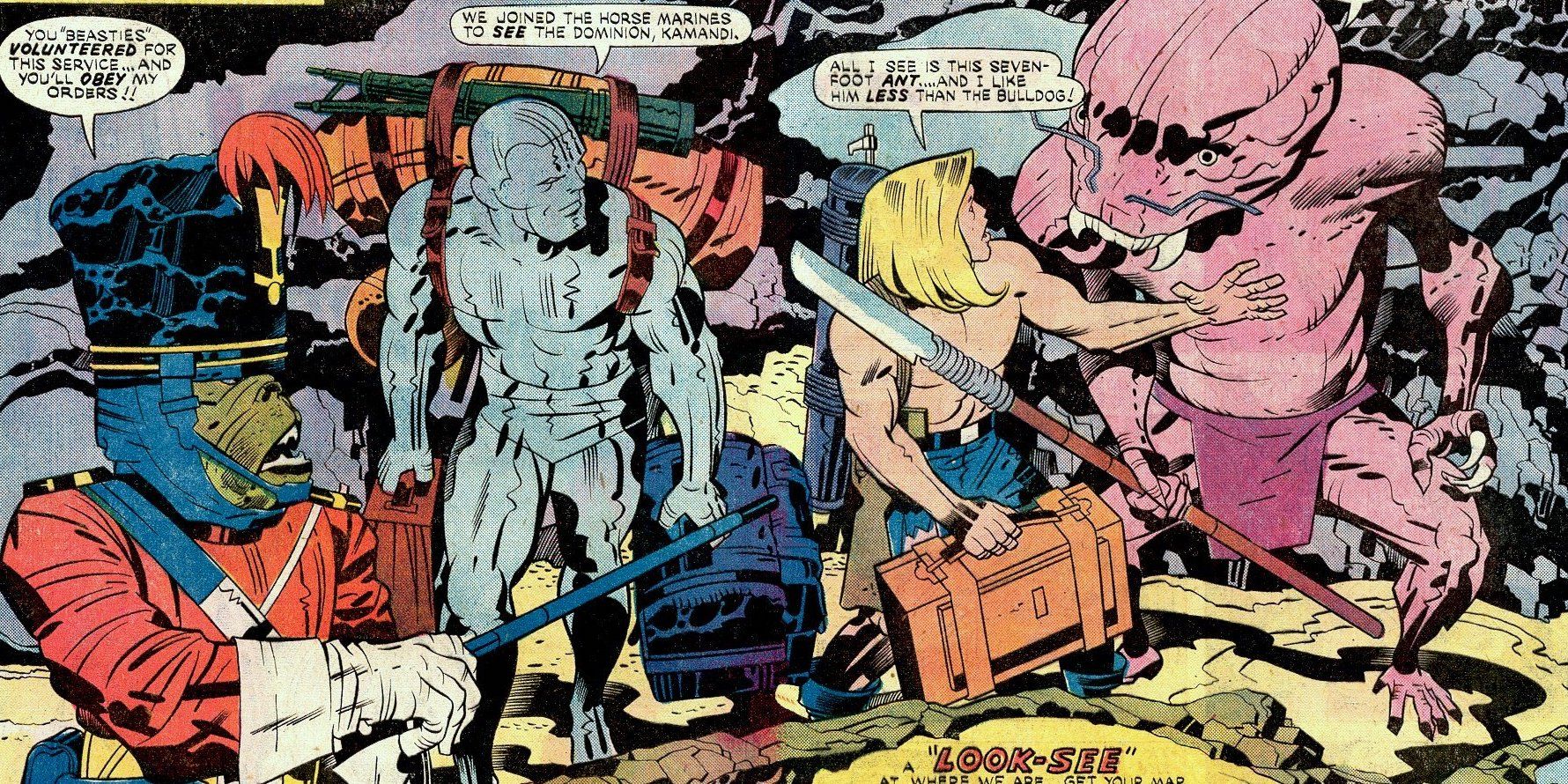
Another Jack Kirby creation from his time at DC, Kamandi follows the titular boy of the far future, where he is one of the last intelligent humans in a world ruled by bipedal, intelligent animals. Kirby takes a riff on Planet of the Apes and explodes it into a global scale of wild ideas, where following the “Great Disaster,” the world is speckled with the “Kanga Rat Murder Society” and the “Mad-Hole Country of Screamers.” This high concept, ideas-a-minute energy finds its way into every adventure, as Kamandi sets out to explore this world that sees him as lesser and one day restores humanity to acceptance in civilization.
8 The Dark Knight Returns
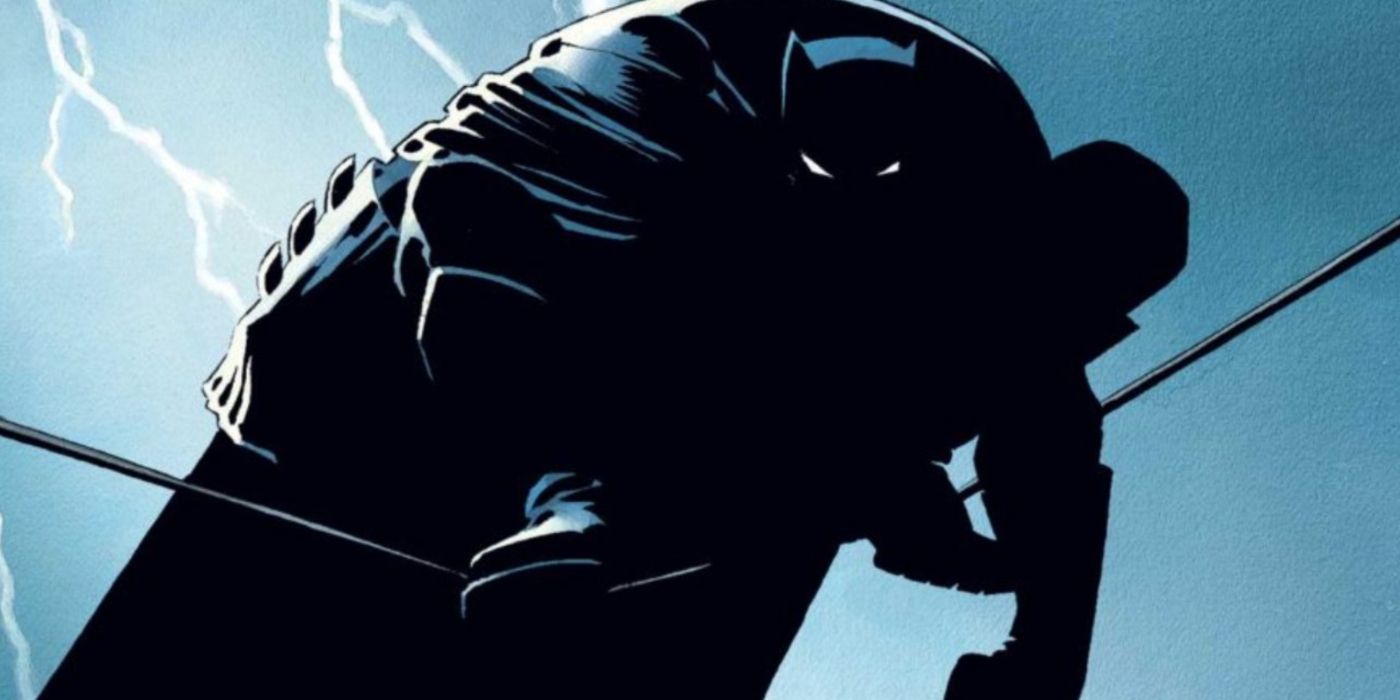
Frank Miller’s genre-defining miniseries from the ‘80s, The Dark Knight Returns, sees an elder Bruce Wayne come out of retirement to save a city on the brink of destruction. With gritty, blocky art, dense 16-panel grids, brutal action, and tortured internal monologues, the book was both a leap forward for Batman comics and mainstream American comics as a whole. Miller revisits the idea of Batman as an addiction, both for Bruce Wayne and the city in which he lives, leaning into the moral uncertainty of his actions and the personal vendetta embedded in his crusade.
7 Kingdom Come
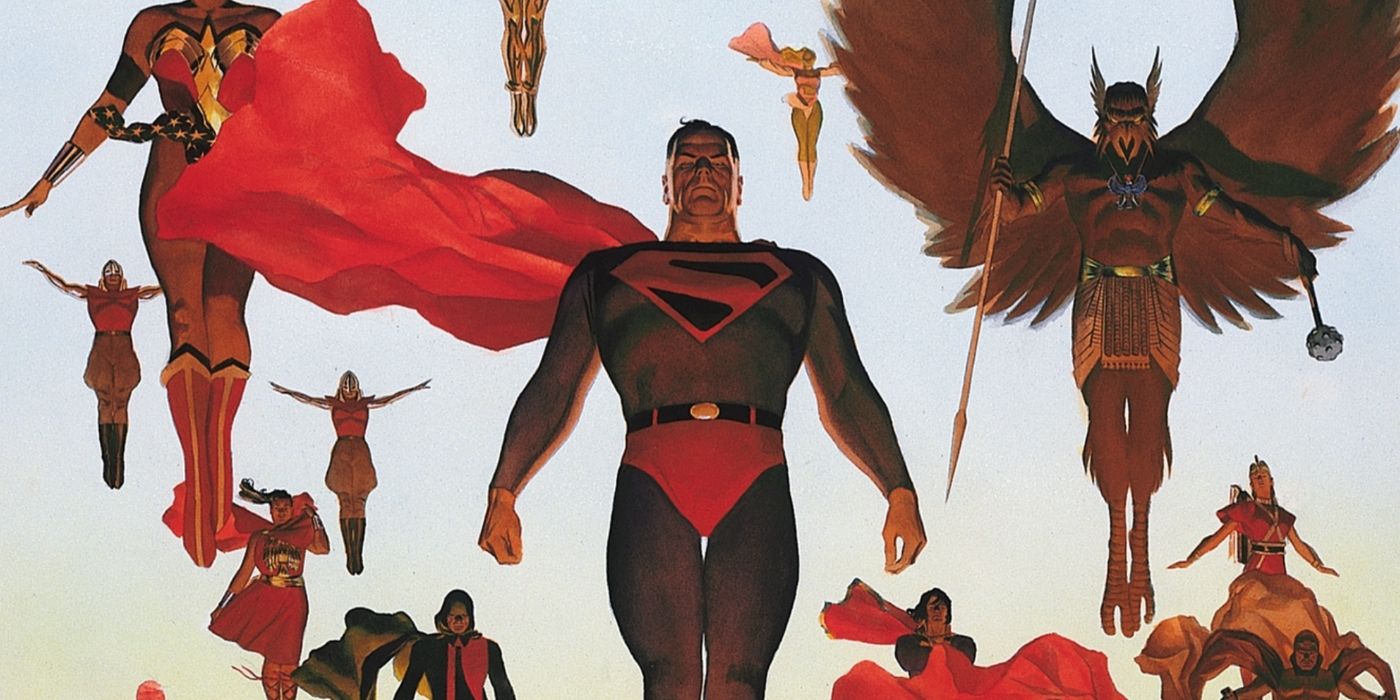
Kingdom Come sees Superman, retired as a simple farmer, thrust back into action after a generation of younger, more lethal heroes lose control of a battle that kills millions. Teaming up with Wonder Woman to reform the Justice League, he’s pitted against his former friend Batman, who worries about the conflict increasing, and Lex Luthor, who disguises a new villainous enterprise under the guise of protecting un-powered humans. A comic that put Alex Ross on the map for his realist, iconographic, painted artwork, the series also sees Mark Waid use all his knowledge of DC continuity to create the franchise’s world of tomorrow.
6 JLA: Rock of Ages
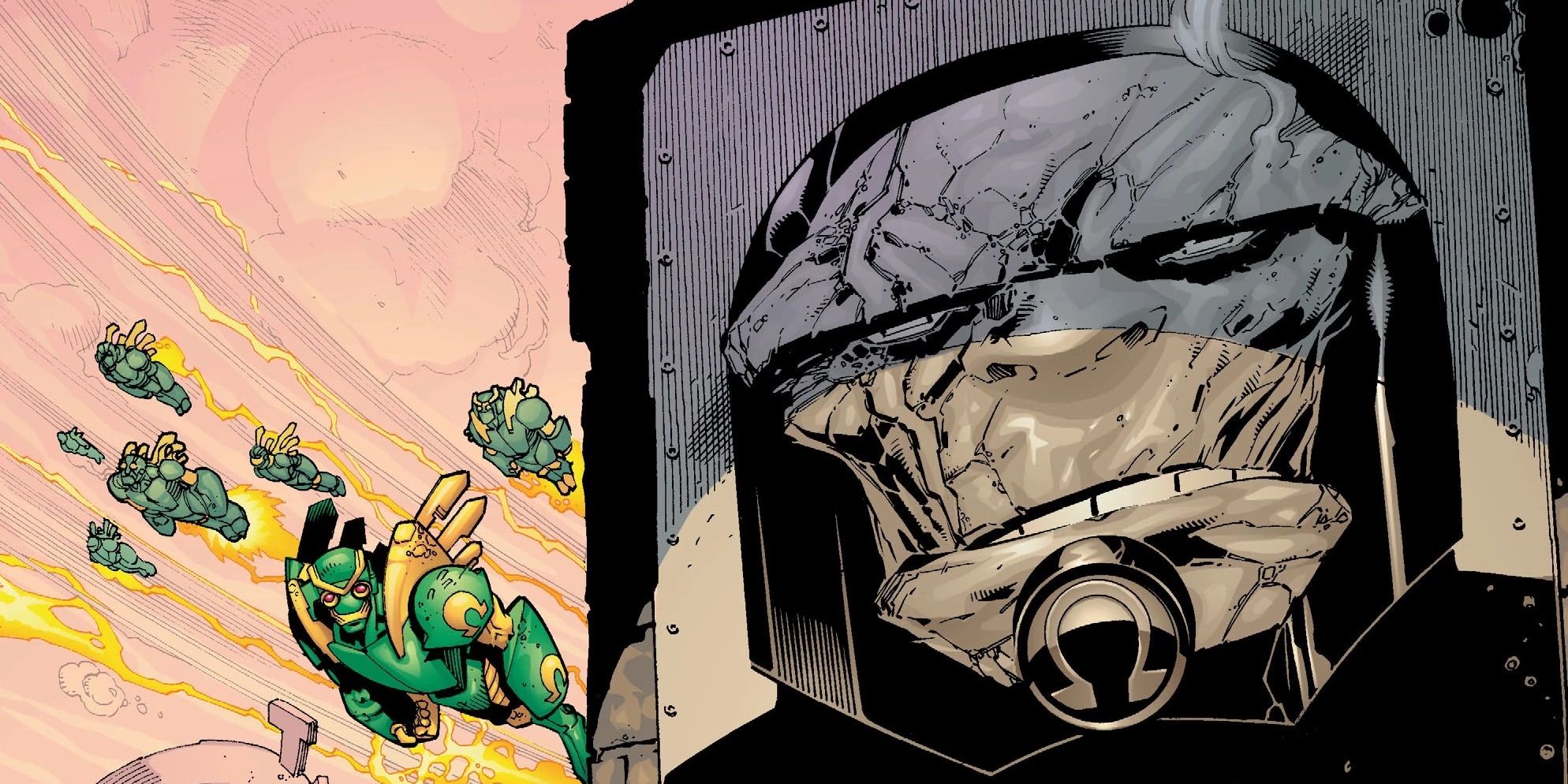
Grant Morrison’s JLA run saw an explosion of big ideas and unleashed a host of high concepts in the story arc “Rock of Ages.” In it, Aquaman, Kyle Rayner, and the Flash return from an adventure in space and find their minds thrust into the bodies of their future selves. They’re in a world where the forces of Apokolips have taken over the Earth, and the heroes must find the remaining members of the Justice League before the villain Darkseid arrives to consolidate his conquest of the Earth. The story brings Kirby’s classic New Gods metaphorical war against fascism to DC’s earthbound heroes.
5 DC One Million
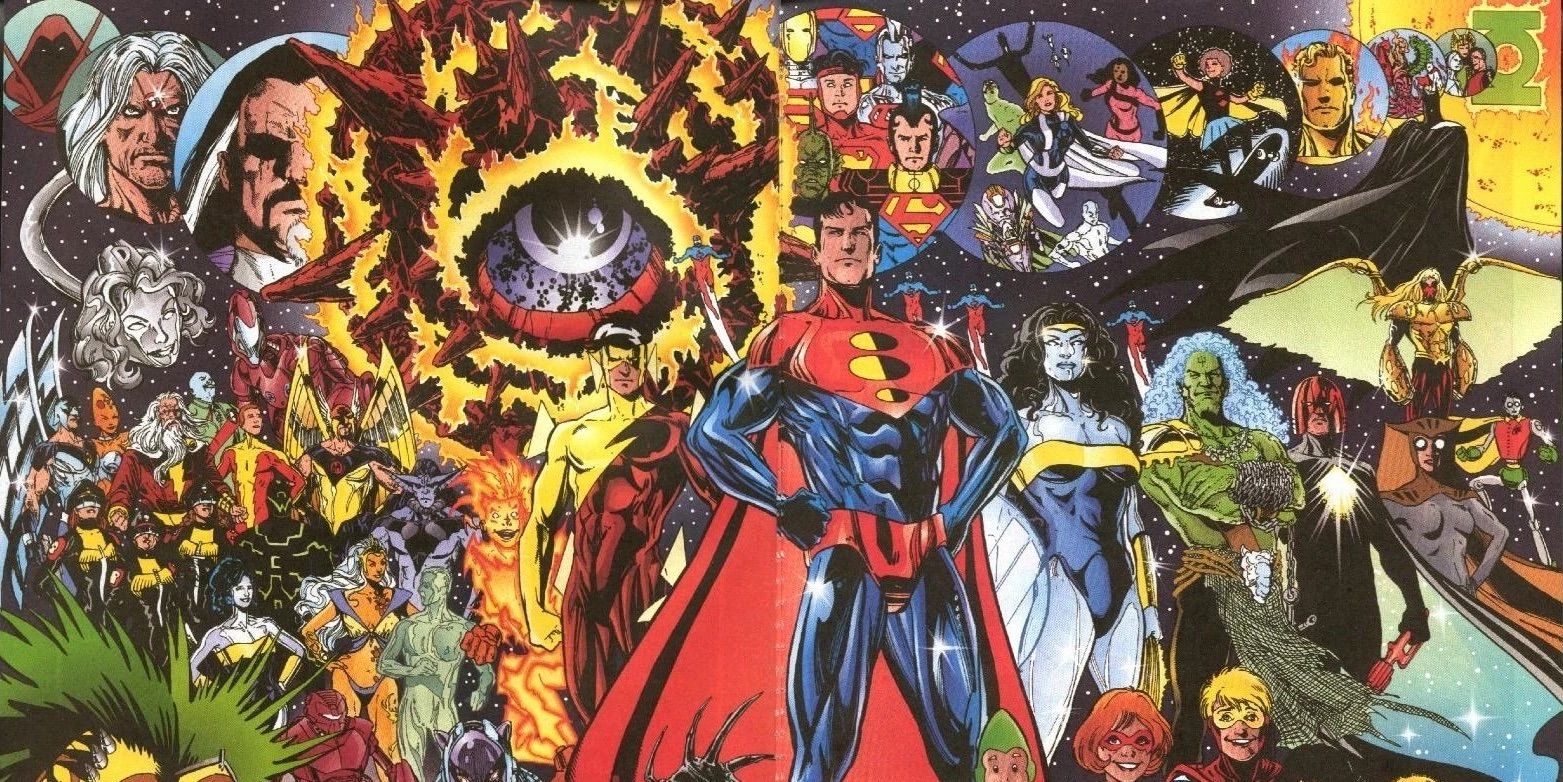
Another Morrison work spinning out of JLA, DC One Million is a crossover that sees the Justice League pulled into the future by the Justice Legion Alpha of the 853rd century Milky Way galaxy. They are celebrating the return of Superman from his hibernation in the sun, but the celebration is thrown into disarray as the JLA of two epochs are forced to combat a plot by Vandal Savage and Solaris the Living Sun, both in the present and the future. Criss-crossing throughout nearly every DC comic coming out at the time, DC One Million is a story that puts the entire DC universe to good use.
4 Seven Soldiers
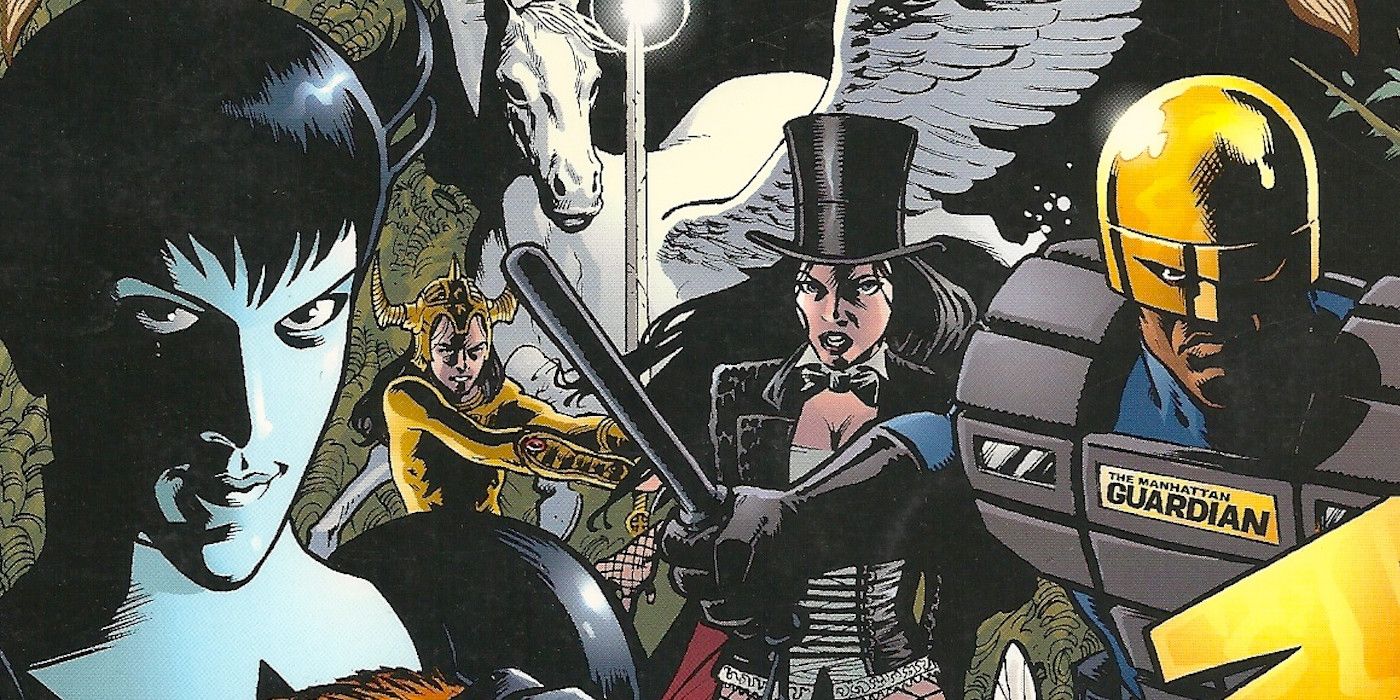
Seven Soldiers follows seven interconnected stories of minor DC characters as they face the Sheeda, mutant residents of Earth’s far future who’ve replaced humanity. The Sheeda are masters of science and magic who have destroyed the future Earth’s resources and turned it into a wasteland. They arrive whenever civilization is at its peak, destroying its monuments, defeating its heroes, and robbing humanity of its knowledge, all to enrich the dead Sheeda society. Their last reaping came hundreds of centuries ago to destroy the pre-historical Camelot. In Seven Soldiers, they arrive to harvest from a new era of heroes.
3 Batman in Bethlehem
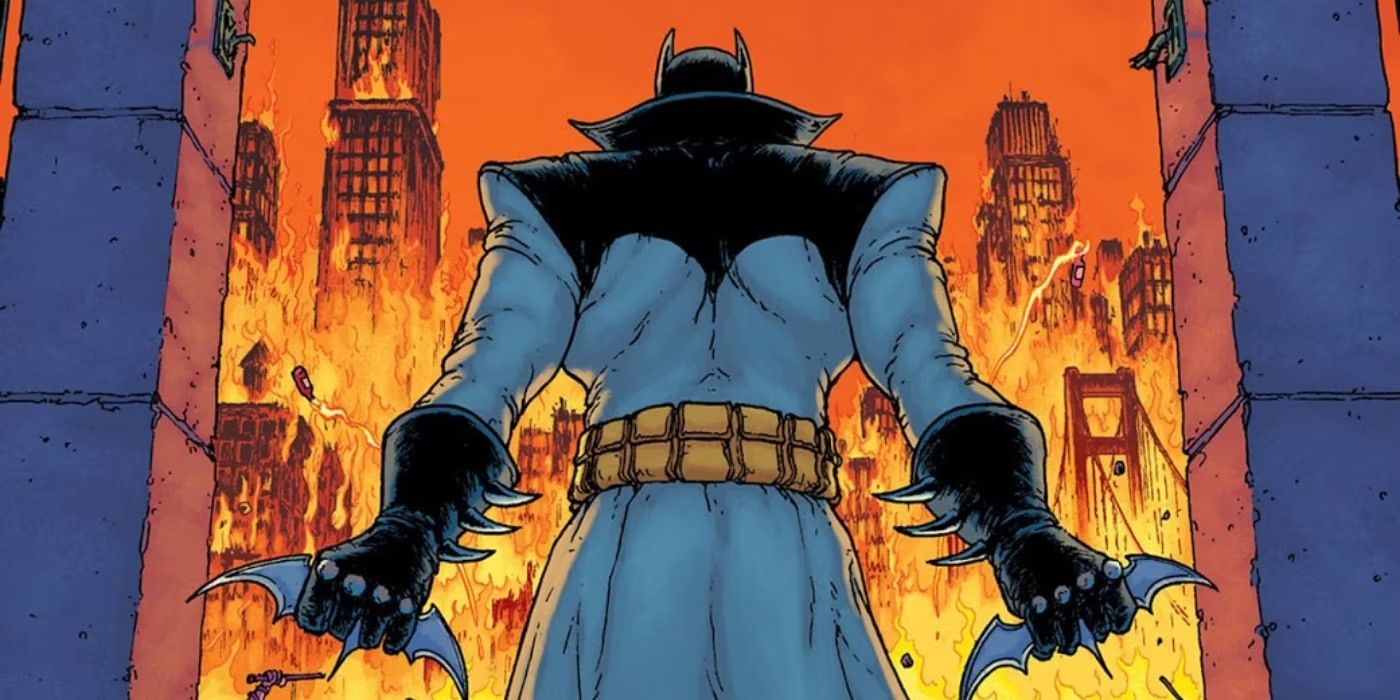
Morrison’s Batman run uses a future Gotham to bring into focus the potential dangers of what could happen not only if Batman’s mission against crime fails, but also if he fails as a father to his son Damian. Covered in Batman #666 and 700, as well as Batman Inc Vol 2 #5, the future of “Batman in Bethlehem” sees Damian as a killer Batman after his father and, additionally, his mentor Dick Grayson have died. With his trusty cat Alfred and a rocky relationship with Commissioner Barbara Gordon, Damian faces gangs of Jokers, Professor Pyg, and the devil himself in a dystopian Gotham terrorized by the machinations of the immortal Simon Hurt.
2 Detective Comics #27: Twenty-Seven
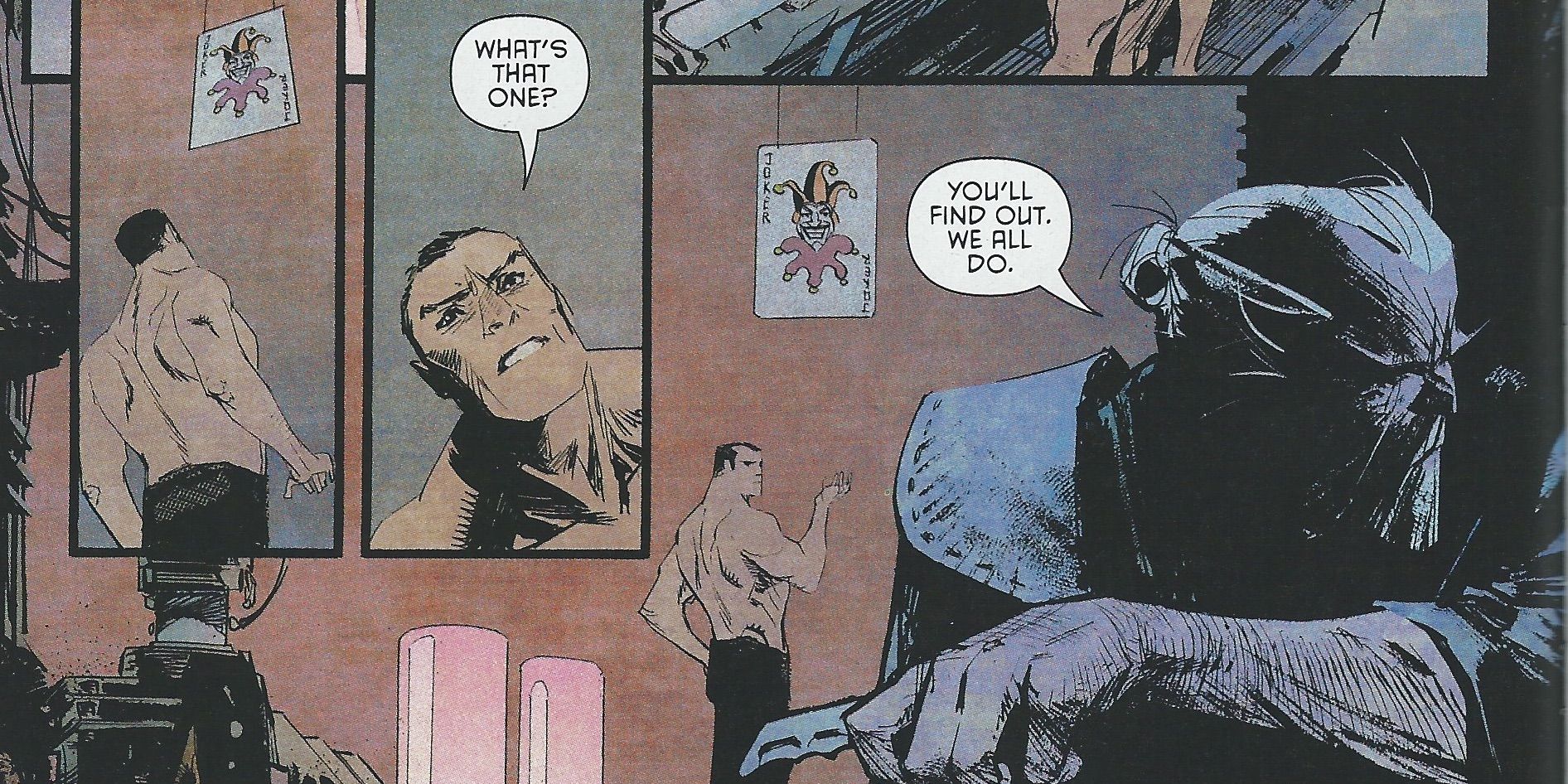
Scott Snyder creates his own version of the Batman legacy in “Twenty-Seven,” which sees a future where Bruce Wayne, in order to keep Batman alive forever, builds a cloning machine that creates adult versions of himself with memories up to the moment he decides to be Batman. Every twenty-seven years a new clone is created and mentored by the previous Batman. In the 200th year of the Batman, a fresh clone awakes and is offered a choice to continue the eternal war on crime or leave it behind. Sean Murphy’s angular, rugged artwork captures the iconography of Batman and Robin aged by this two-century mission.
1 Grayson: Futures End
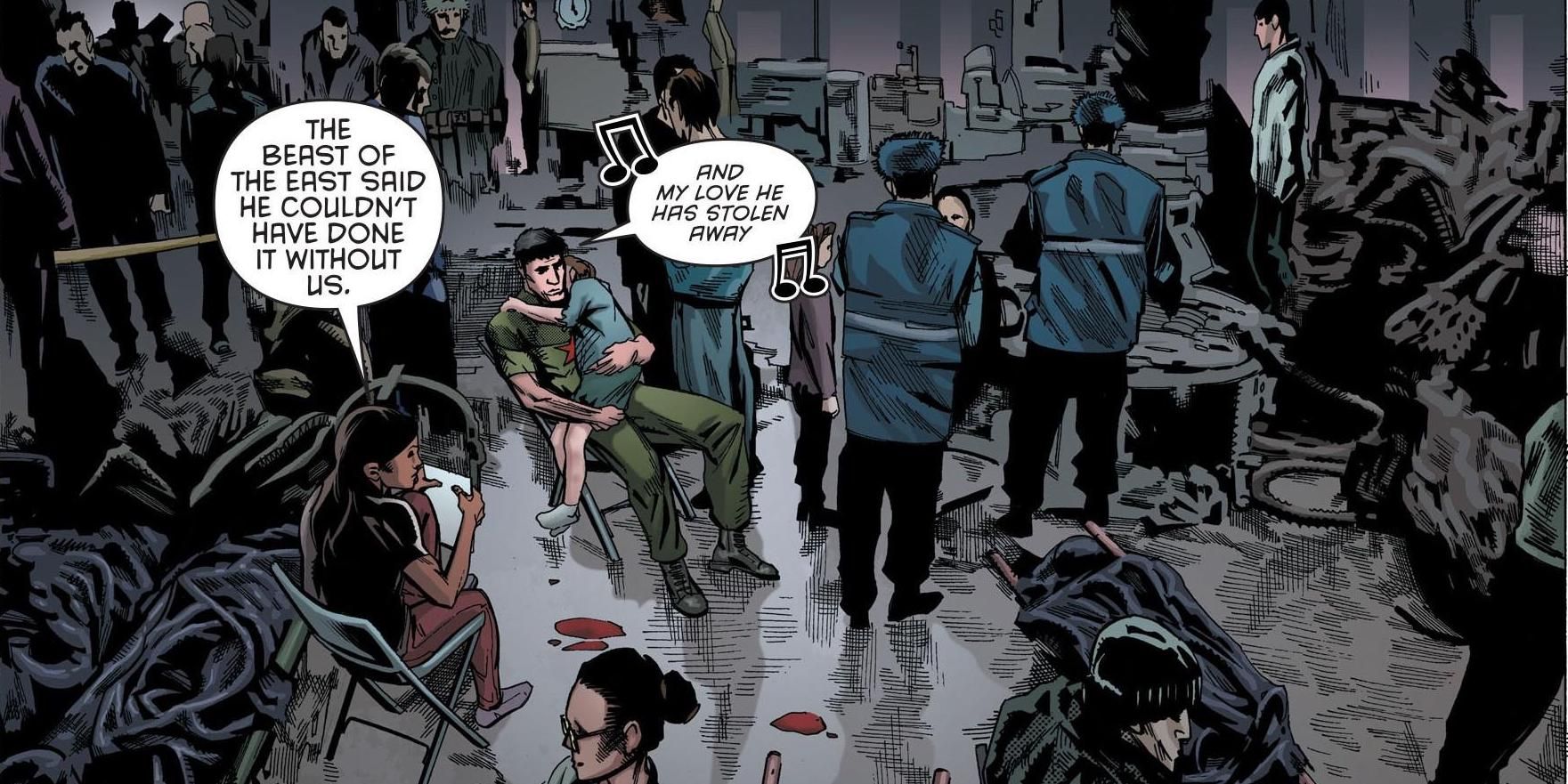
A stand-alone tie-in to the Futures End crossover, Grayson: Futures End written by Tom King and Tim Seeley tells its story backwards, beginning with the shocking execution by hanging of Dick Grayson. Successive pages reveal him to be a high-ranking agent and traitor to the empire of the KGBeast, now a global dictator, killed at Grayson’s hands. The opening immediately has the reader asking how the fan-favorite hero ended up here. With the whole book moving in reverse chronological order, every mystery that’s answered reveals another twist, making it a fun use of formal experimentation while foregrounding character for DC Comics.
